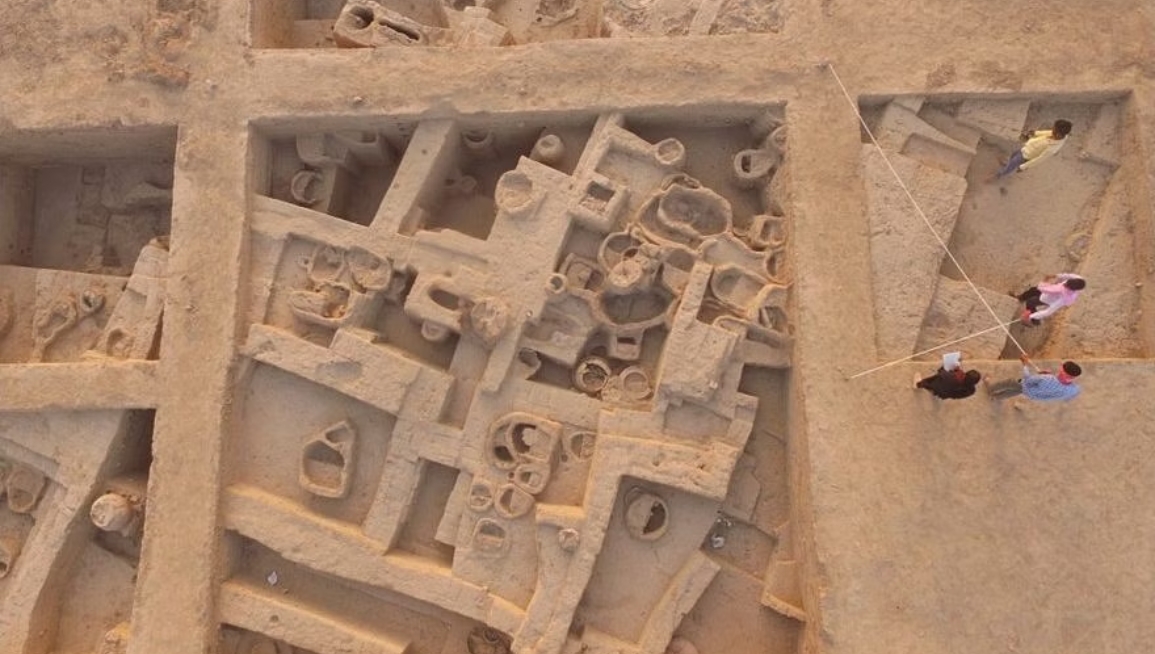The ancient Harappan civilisation, trading and production-oriented, flourished around 5000 years ago. While trade is well documented, the practices of manufacturing are not.
Excavations also indicate a sophisticated system of production, especially the production of high tin bronze, bead-making, pottery, weaving, and textiles like cotton. Beyond the major cities, such as Harappa and Mohenjodaro, the rural settlements themselves contained workshops and craft centres.
One such site, Binjor (4 MSR) near the India-Pakistan border, sheds new light on the Harappan industry. Binjor’s excavation unearthed seven phases spanning the Early to Late Mature Harappan periods. Structures made of mud bricks contained workshops, courtyards, and a massive enclosure wall. Artefacts such as pottery, seals, beads, figurines, and copper objects were discovered. Notably, over 250 hearths found across phases indicate industrial activity, particularly during the mature Harappan period.
Excavations discovered hearths for smelting, secondary melting, and forging of artifacts. A water tank, stone anvils, tools, terracotta crucibles, and finished products were found, revealing a well-equipped industrial setup. Further analyses of the sediment samples showed intensive industrial activity with a high copper content.
It challenges the narratives of the past, showing ancient Indian manufacturing sophistication and its integral role in the Harappan civilisation’s economy and trade network.















